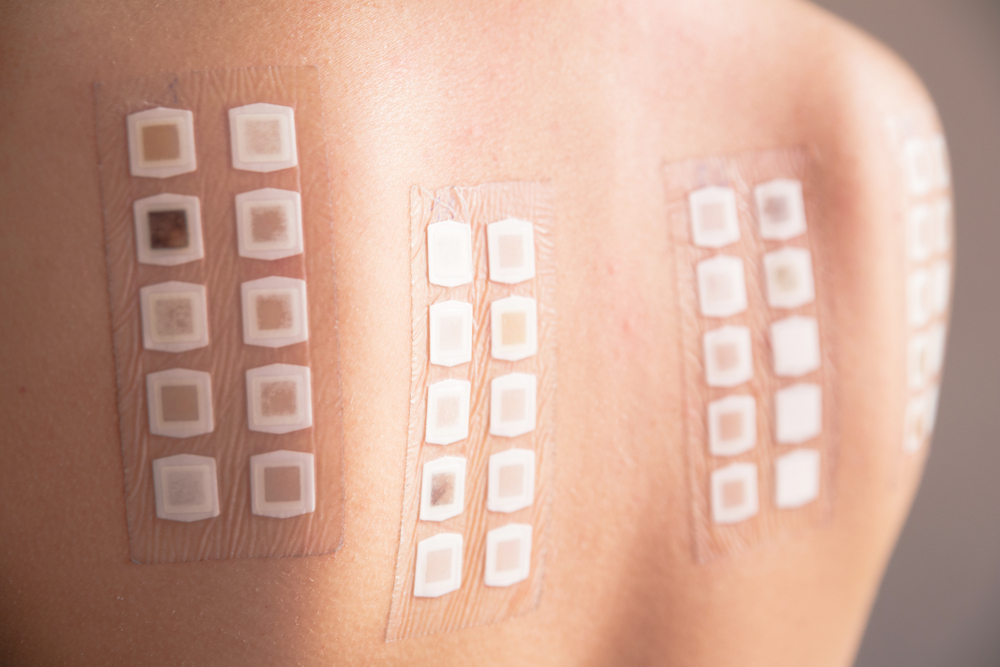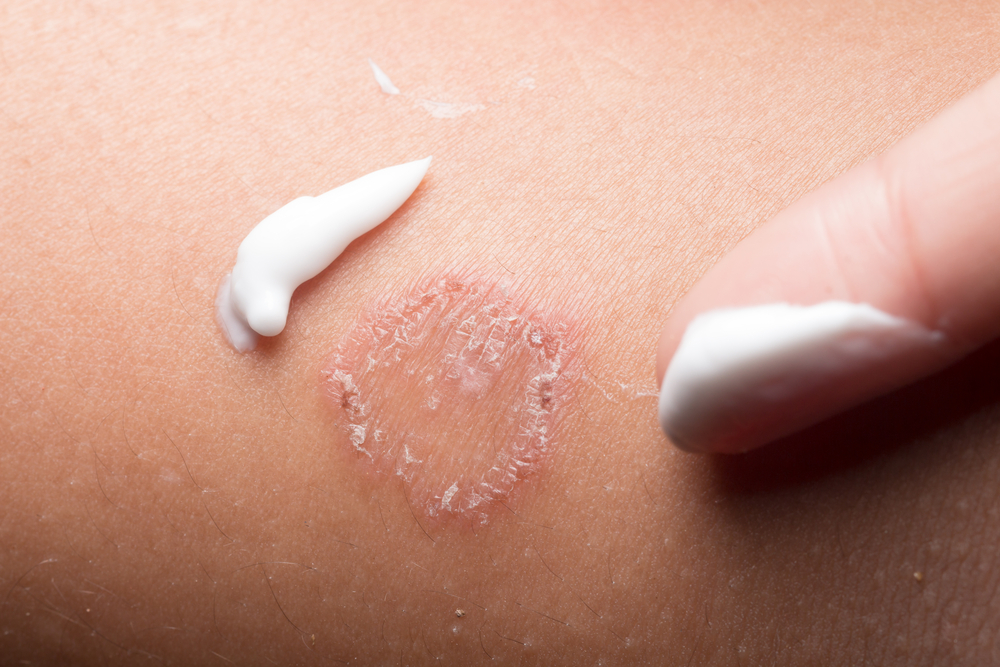- Brachial plexus injuries can go away in a matter of days or can require major surgery.
- Don’t wait to see a doctor. Untreated severe brachial plexus injuries can lead to permanent disability.
- Full recovery from brachial plexus surgery takes several months to several years.
What is the brachial plexus?
Take your hand and press it to the side of your neck. Now run it down across the front of your shoulder. Keep going down your arm to your hand. This is the path of the brachial plexus, a nerve network that starts at the spinal cord near the neck and branches out along each arm.
The brachial plexus plays an important role in sensation and movement of the shoulders, arms, and hands. If it is damaged, it can no longer send signals from the spinal cord to these locations, leading to a variety of potential issues, including numbness, pain, and paralysis.
The diagnosis and treatment of brachial plexus injuries sooner rather than later is essential for the prevention of permanent disability and chronic pain.
How do you injure your brachial plexus?
If you’re a football fan, then you might have heard of quarterbacks or defensive players getting “stingers” on the field. This mild form of brachial plexus injury, also referred to as a “burner,” is common in contact sports, especially American football. However, this type of injury isn’t just reserved for serious athletes.
Sports
Mild brachial plexus injuries are most common in contact sports. Collisions in sports like football, hockey, and rugby can severely stretch or compress the neck and shoulder area. Wrestling can also cause a stretch injury.
Motor vehicle accidents
Car and motorcycle accidents can lead to more severe brachial plexus injuries but any jarring accident, like a bad fall, can potentially damage this area by tearing the brachial plexus.
Violent blows
Targeted violent hits to the area can also cause serious damage, including gunshots that can severe the nerve bundle from the spinal cord, a condition known as avulsion.
Tumors and inflammation
Tumors and inflammation can place pressure on the brachial plexus, causing damage and pain. In some cases, these conditions can spread to the nerves. Inflamed nerves can be extremely painful and cause lasting damage. Radiation treatment has also been known to damage this nerve network.
Birth
Sometimes, the birthing process can lead to a brachial plexus injury, depending on the infant’s height or weight. Such injuries are more common when the baby is breech coming out of the birth canal. However, it basically comes down to birth difficulty. Longer and more challenging labors are more likely to cause damage to the brachial plexus area. If this results in muscle weakness or loss of movement in the affected arm, then the baby is said to have neonatal brachial plexus palsy.
Risk factors for developing a brachial plexus injury are more situational than they are physical. Athletes, motorcyclists, and those with inflammation or tumorous growths near the brachial plexus area are somewhat more likely to develop a nerve injury there. However, these injuries can happen to anyone.
What are the symptoms of a brachial plexus injury?
Your experience with a brachial plexus injury depends on the extent of that injury. You could be in tremendous pain, or you could not feel any sensation whatsoever. Whatever your symptoms, it’s important to identify a brachial plexus injury and get it promptly treated.
Mild injuries
The aforementioned burners and stingers are so named for the way they feel. These injuries can feel like an electric shock running down your arm. But in some cases, people report more of a burning sensation than a shock. This can feel uncomfortable or disconcerting, but it’s essentially a good thing. After all, if you can still feel the nerve, it’s still working—more or less.
Stingers can be accompanied by some minor numbness. However, sensation remains more or less in tact. The burning and numbness can last anywhere from a few minutes to a few days or even longer.
Moderate injuries
More severe brachial plexus injuries will come with a pronounced loss of sensation and even function. The arm or hand could feel extremely weak and be difficult to use. There can also be some minor pain, depending on the exact nature of the injury.
Severe injuries
With serious injuries, there is a total loss of function. In some cases, this lack of function comes with severe pain. In other cases, there is a total loss of sensation as well.
From the outside, you might not know anything is wrong with your arm. There could be some bruising or a laceration, depending on what caused the injury, or there could be nothing. Pain, level of sensation, and ability to move your shoulder, arm, and hand are your only guiding principles.
>>If you suspect that you might have a brachial plexus injury, consult your doctor as soon as possible
How are brachial plexus injuries diagnosed?
When you have your brachial plexus examined, your physician or a specialist could run any of a number of tests. It’s essential that they accurately determine not just whether, but how, the brachial plexus was injured before deciding on treatment.
Non-clinical observations
First, the physician will likely evaluate your symptoms. This means determining exactly where you lost sensation and movement. Manual muscle charting can be used to assess muscle performance and strength. This is usually accompanied by a sensory evaluation wherein the physician determines where and to what extent sensation has been lost.
Electromyogram (EMG)
Your physician might insert a needle into the affected muscles. The needle acts as an electrode, measuring muscle activity. This often includes a nerve conduction test in which a current is passed through the injured nerve to test its functionality.
Magnetic resonance imaging (MRI)
Whereas the EMG measures function, the MRI seeks to reveal the extent and nature of the damage. It uses radio waves and a magnetic field to create a detailed image of the body that allows the physician to see inside. In this way, they can note where the problem started and how best to go about fixing it.
Computerized tomography (CT) myelography
If the MRI isn’t enough and the physician wants a better look, they might conduct a CT scan. This involves a handful of x-rays put together to create a complete image of the inside of your body. During this process, a spinal tap is used to inject a substance that shows up on the x-ray, revealing your neural pathways and making it easier to see the damage.
These tests can be helpful in determining whether a procedure is necessary. However, an intraoperative diagnosis will occur during surgery. In other words, your surgeon could make some on-the-spot decisions about the best way to treat the damage once they can more clearly see what they’re dealing with.
>>Not sure if you have a brachial plexus injury? Consult our medical review team to address your concerns and get appropriate recommendations
How are brachial plexus injuries treated?
Not all brachial plexus injuries require surgery. Mild injuries, and some moderate ones, often repair themselves. If your physician suspects that the brachial plexus injury might heal without surgery, they’ll instruct you to wait, closely monitoring you over several months, and possibly recommend physical therapy.
Many patients end up waiting three to four months before being referred for surgery in the hope that they’ll recover spontaneously. However, sometimes the damage to the brachial plexus is so severe that it’s clear from the start that surgery is necessary. In these cases, physicians will refer a patient for surgery immediately.
There is no clear-cut solution to brachial plexus injury. Your surgical option will be a combination of procedures specially tailored to your needs. Therefore, it’s impossible to tell you exactly what you can expect. However, in every case, the surgery starts with a confirmation of the diagnosis followed by treatment.
Nerve grafting
The damaged portion of the nerve is removed. Then a segment of nerve is taken from another part of the body and used to fill in the gap. However, this isn’t just replacing one nerve with another. The surgeon is essentially inserting scaffolding upon which the nerve will regrow. This was the standard method for repairing brachial plexus injuries until nerve transfers became more commonplace.
Nerve transfer
Nerve transfers, also referred to as neurotization, are very similar to nerve grafts, but use less important nerves to repair the brachial plexus. These transfers take whole sections of a functioning nerve and insert them in the gap left by damage. As such, they tend to have better outcomes when it comes to motor function. Sometimes, nerve transfers and grafts can be used together to treat a brachial plexus injury.
Tendon transfer
These come into play when nerve damage has seriously limited function. Tendon transfers improve mobility by repurposing nearby tendons. In short, if one tendon is damaged beyond repair, then a healthy tendon can have one end dislodged and reattached to the first tendon, bypassing the injured portion. This doesn’t fix the nerve, so it’s generally used in concert with the above strategies or later on, if recovery is incomplete.
Free muscle transfer
A free muscle transfer, also called a transplant, is similar to a tendon transfer. It doesn’t fix the nerve, but it can fix mobility issues caused by the brachial plexus injury. If a muscle is damaged beyond repair by the injury, then muscle from another location can be used to replace the damaged muscle and improve function.
Neurolysis
Your surgeon might remove scar tissue around the brachial plexus that is further impeding movement and causing pain. It can be done at the outset to make it easier to see what areas need grafting or transfers.
Your surgery can include all or only some of the above-listed procedures. Ask your surgeon what types of surgical procedures might be necessary.
What is recovery from a brachial plexus injury like?
It’s difficult to talk about recovery when it comes to brachial plexus surgery. After all, the severity varies widely and surgery is very much on a case-by-case basis. However, there are some things you can count on.
Recovery will take time
Nerves grow at a rate of one inch per month. The more extensive the damage, the longer nerve repair (reinnervation) will take. You might not even notice any signs of recovery until several months have passed.
You’ll need physical therapy
Because it takes so long for nerves to regrow, your muscles could atrophy. Physical therapy helps prevent long-term damage from lack of use and improve overall function and flexibility.
There are no guarantees
It’s possible that you won’t recover completely. Unfortunately, you won’t know this until a great deal of time has passed. If, after about 18 to 24 months, you’re still not fully recovered, you might be evaluated for additional surgeries. These could include muscle and tendon transfers such as those described above.
>> If you’re scheduled to receive surgery for your brachial plexus injury, talk to your surgeon about what to expect in your unique situation. You can also ask a doctor on our forum for more information.
What happens if I don’t get treated?
Complications from brachial plexus injuries can be severe. Lack of mobility can lead to stiff joints and muscle atrophy, both of which could require ongoing physical therapy. Nerve damage can lead to chronic and sometimes debilitating pain. Finally, untreated severe brachial plexus injuries can result in permanent disability, including paralysis.
Although you will likely have to wait several months before getting surgery, it’s essential that you see your physician immediately if you suspect something is wrong. Careful monitoring and physical therapy can help prevent complications and affect when and if surgery is necessary.









